Related Research Articles

Thomas Pennant was a Welsh naturalist, traveller, writer and antiquarian. He was born and lived his whole life at his family estate, Downing Hall, near Whitford, Flintshire, in Wales.
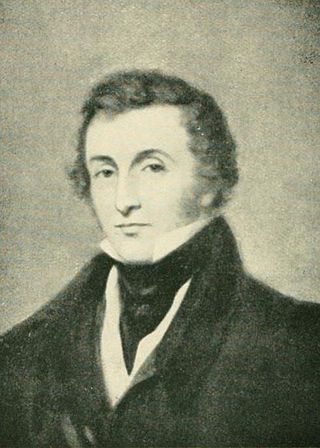
Sir William Jardine, 7th Baronet of Applegarth FRS FRSE FLS FSA was a Scottish naturalist. He is known for his editing of a long series of natural history books, The Naturalist's Library.
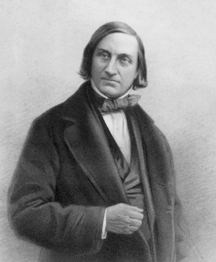
Edward Forbes FRS, FGS was a Manx naturalist. In 1846, he proposed that the distributions of montane plants and animals had been compressed downslope, and some oceanic islands connected to the mainland, during the recent ice age. This mechanism, which was the first natural explanation to explain the distributions of the same species on now-isolated islands and mountain tops, was discovered independently by Charles Darwin, who credited Forbes with the idea. He also incorrectly deduced the so-called azoic hypothesis, that life under the sea would decline to the point that no life forms could exist below a certain depth.

Literature in the Manx language, which shares common roots with the Gaelic literature and Pre-Christian mythology of Ireland and Scotland, is known from at least the early 16th century, when the majority of the population still belonged to the Catholic Church in the Isle of Man.
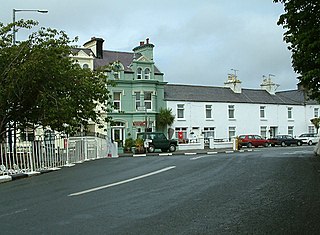
Ballaugh is a small village in the Isle of Man in the parish of the same name, in the sheading of Michael. It is the only village in the parish.
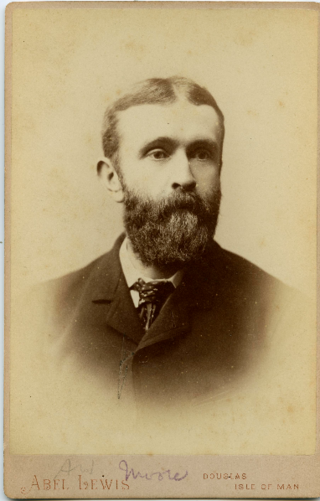
Arthur William Moore, CVO, SHK, JP, MA was a Manx antiquarian, historian, linguist, folklorist, and former Speaker of the House of Keys in the Isle of Man. He published under the sobriquet A. W. Moore.

Philip Moore Callow Kermode, was a Manx antiquarian, historian and naturalist.

Philip Rashleigh of Menabilly, Cornwall, was an antiquary and Fellow of the Royal Society and a Cornish squire. He collected and published the Trewhiddle Hoard of Anglo-Saxon treasure, which still gives its name to the "Trewhiddle style" of 9th century decoration.

John Ralfs was an English botanist. Born in Millbrook, near Southampton, he was the second son of Samuel Ralfs, a yeoman of an old family in Hampshire. He has been commemorated in the names of many plant groups and taxa at many levels.
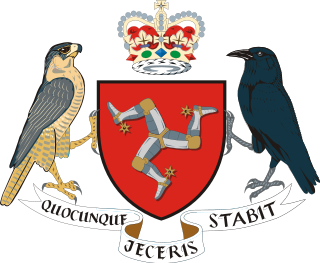
The title of Governor of the Isle of Man existed until 1828. Other titles were also used, especially before 1595.

The Manx Sword of State is a ceremonial sword that represents the Tynwald on the Isle of Man. It represents the duties of the Sovereign of the Isle of Man, and is used every month in Tynwald, and annually during the Tynwald Day ceremony. There have been three swords used for such functions over the years. One is used for the ceremonies; one is housed in a museum; the other was lost in the 18th century. The Sword of State is popularly said to date to the mid-13th century; however, it is not unlike 15th-century ceremonial swords used in England, and recent analysis dates it to the 15th century as well.
Edward Whitaker Gray, English botanist and secretary to the Royal Society, was uncle of Samuel Frederick Gray, author of The Practical Chemist.

Sir Wadsworth Busk was Attorney-General of the Isle of Man from 1774 to 1797. He was knighted in 1781.
William Noye was an English amateur entomologist and his paper on insects found in the Land's End district was the first published account of the Cornish Lepidoptera.
The Battle of the River Dee or the Battle of the River Cree, was fought on 29 June 1308 during the Scottish Wars of Independence near Buittle, on the banks of the River Dee or River Cree, Galloway, Scotland.

William Kinrade (1769-1854) was a writer of Manx carols who lived at Ballachrink, Maughold, in the Isle of Man.
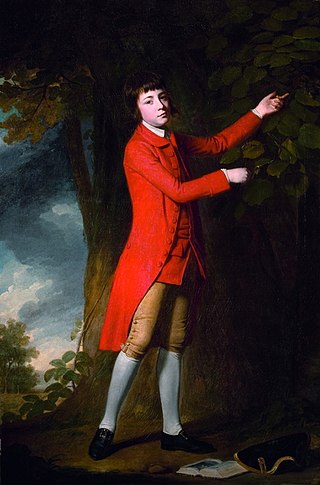
Thomas Rackett (1757–1840) was an English clergyman, known as an antiquary.

William Cubbon M.A. was a Manx nationalist, antiquarian, author, businessman and librarian who was the first secretary of the Manx Museum, later becoming Director of the Museum.
Carl "Charles" Roeder was a German-born British amateur archaeologist, antiquarian, folklorist, philologist, and naturalist, who published his work under the name "Charles Roeder".

Observations Made During a Voyage Round the World is Johann Reinhold Forster's systematic account of the scientific and ethnological results of the second voyage of James Cook. Forster, a former pastor who had become a Fellow of the Royal Society after writing several papers on natural history, and his son Georg had accompanied James Cook as naturalists on board of HMS Resolution. Originally, it had been planned that Forster's account should appear together with Cook's "narrative" of the voyage, but after lengthy arguments between Forster and John Montagu, 4th Earl of Sandwich, the First Lord of the Admiralty, Georg went ahead and published his own narrative instead in 1777, A Voyage Round the World. Observations then appeared in 1778, financed by subscriptions. It was translated into several European languages, including a German translation by Georg Forster.
References
- ↑ "Major General Edward Smith, 1777-1793".
- ↑ Isle of Man Natural History and Antiquarian Society (1995). Proceedings - Isle of Man Natural History and Antiquarian Society. p. 426.
- ↑ Esq. Thomas Quayle (1812). General View of the Agriculture of the Isle of Man: With Observations on the Means of Its Improvement. G. and W. Nicol. p. 188.